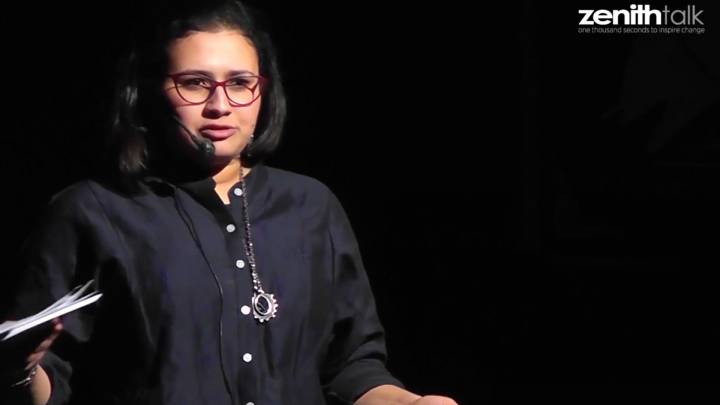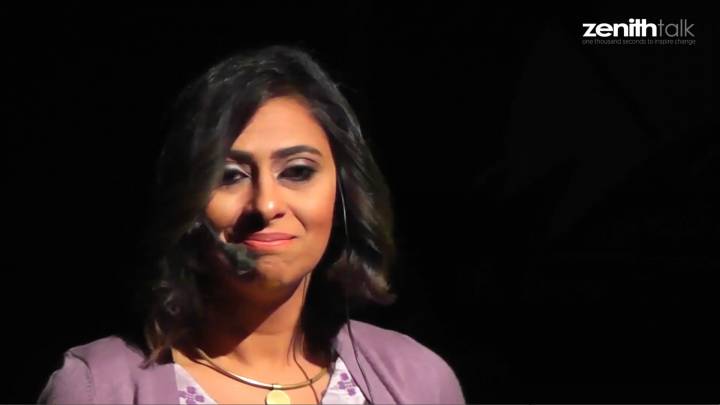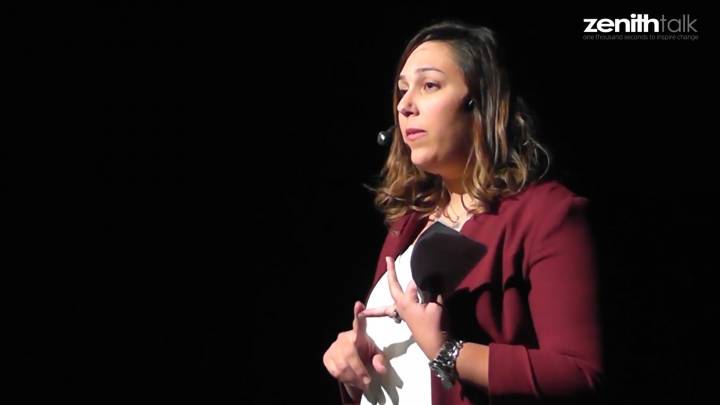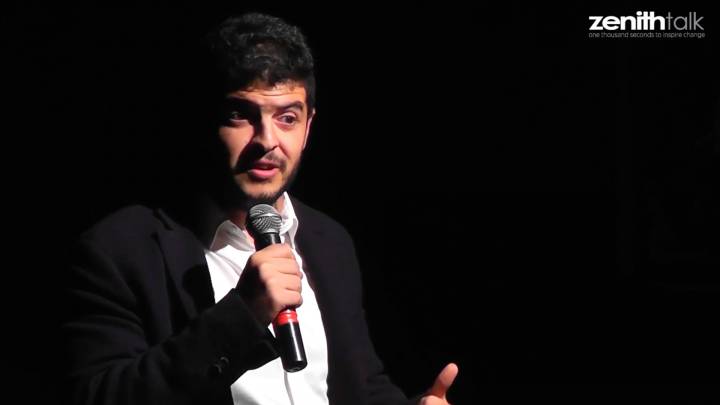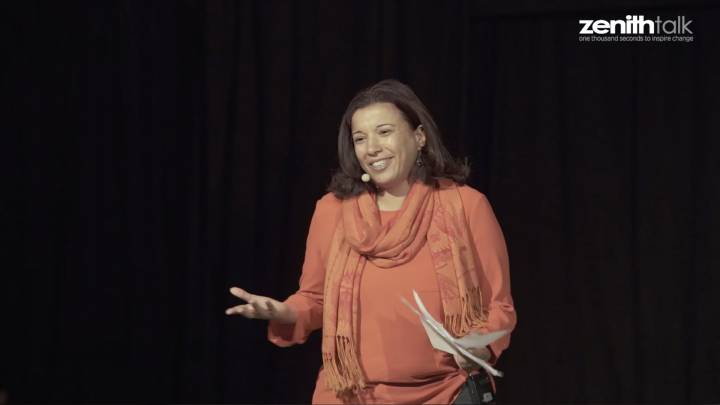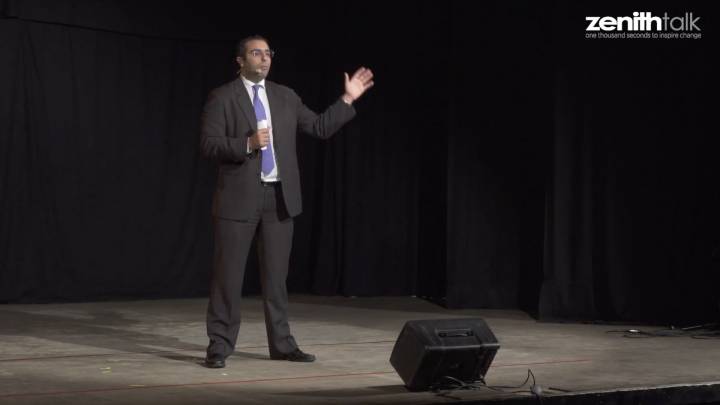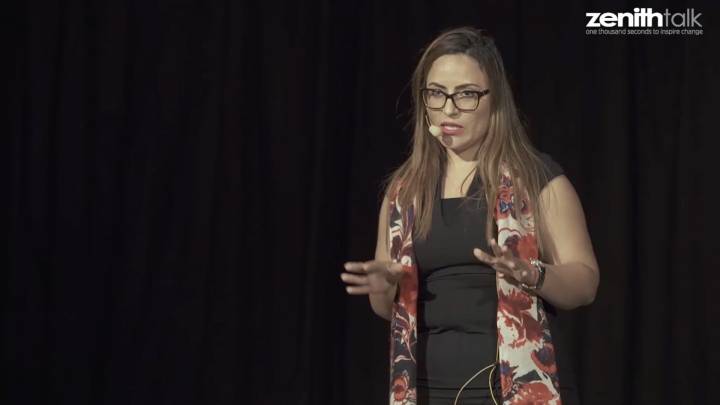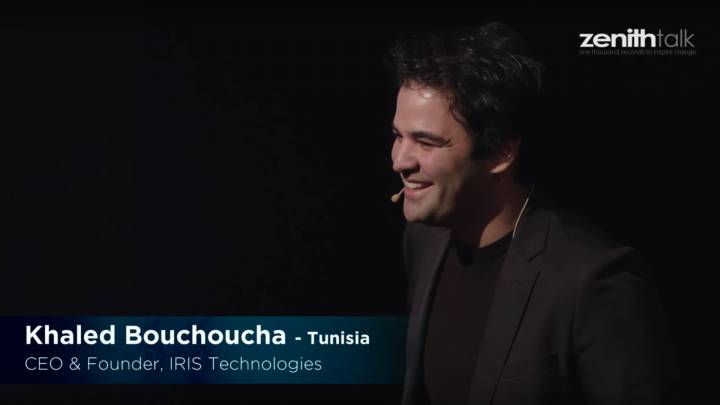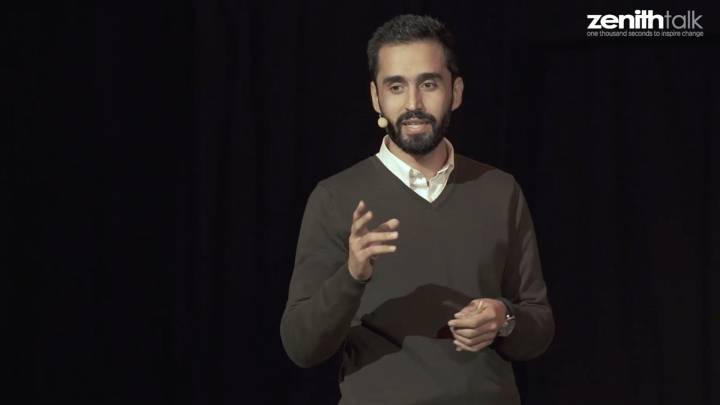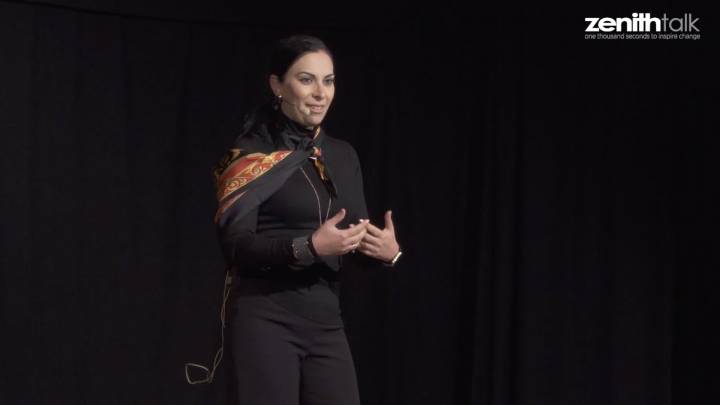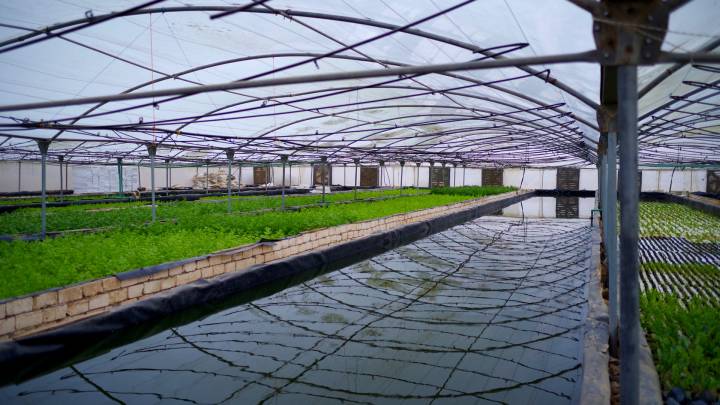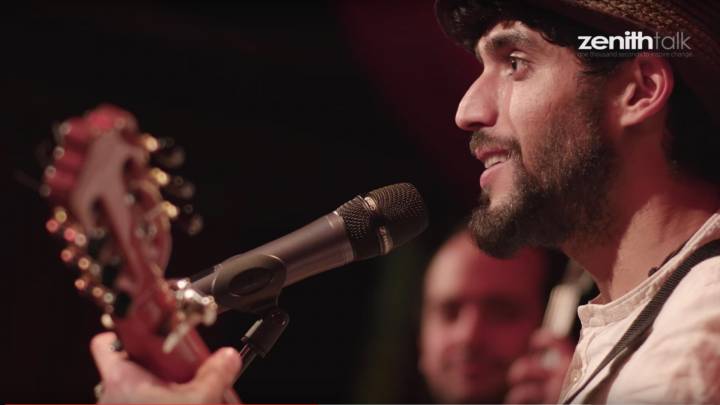Putting Islam in Germany in perspective
In 2011 zenith Magazine, supported by the Stiftung Mercator, kick-started the first round of the zenith Fotopreiswith the theme ‘Islam in Germany’. The topic chosen for our magazine’s very first photo competition was emblematic of the times and visionary of times to come, as the role of Islam in public life in Germany, as well as its compatibility with the country’s political and cultural values, has become a contested issue.
However, Islam in this context lacked genuine images. The contribution of the zenith Fotopreis was to show the perspective Muslims in Germany had of their communities, as well as the views of non-Muslims. Much more, it revealed the kaleidoscope of perspectives that amounted to a profile of German-Muslim identity.
Three rounds of the zenith Fotopreis
Both professional photographers and interested amateurs participated in the three editions of the zenith Fotopreis from 2011 to 2014. The award not only contributed to public debate but also elicited media interest, with major German news sites such as Spiegel Online and Zeit Online covering the competition and featuring the winning photographers. The jury tasked with deciding the winners was made up of media personalities ranging from the photo editors-in-chief of Stern magazine and BILD newspaper to senior lecturers at photography academies in Berlin and Hanover.
The awards ceremony for the third zenith Fotopreis in March 2015 was hosted by television personality Sandra Maischberger and covered by German TV channel ZDF. Picture from the zenith Fotopreis were also featured in English, Turkish and Arab media, as well as in a series of special exhibitions across Europe.
Take part in the new zenith Photo Award
In a time when right-wing populist movements all across Europe have painted a hostile picture of Islam, it’s time to widen the scope. What does Islam in Europe look like? How do Muslims see themselves and their communities, and how do their non-Muslim neighbours see them?
Participants from all over Europe – but especially from countries with significant Muslim communities – will contribute to the on-going debate and thus find answers to the question: What does a Euro-Muslim identity look like?
